Introduction to Injection Molded Parts
Injection molding is a prominent manufacturing process widely employed across various industries to create injection molded parts. This technique allows for the efficient production of complex and precise components with excellent surface finish and dimensional accuracy. As industries continue to innovate and demand higher efficiency and lower costs, understanding the intricacies of injection molded parts has become increasingly vital. In this article, we will explore the definition and history of injection molded parts, their applications, the key components involved, the process of injection molding, quality control measures, and future trends shaping the industry.
What are Injection Molded Parts?
Injection molded parts are components created using the injection molding process, wherein molten material is injected into a pre-formed mold cavity. Once cooled, the material solidifies, taking the shape of the mold. This process is particularly suited for high-volume production runs, making it ideal for creating items ranging from small to large-scale products. Common materials used in this process include various plastics and, in some cases, metals.
History of Injection Molding
The history of injection molding dates back to the early 19th century when the first patent for a process closely resembling modern injection molding was granted to Elias Howe in 1846, primarily for sewing machine parts. However, it was not until the invention of Bakelite in 1907 by Leo Baekeland that the process gained significant commercial traction. The introduction of thermoplastics further revolutionized the industry, allowing for the mass production of intricate designs and parts, which extended well into the manufacturing landscapes of the 20th century.
Applications in Various Industries
Injection molded parts find applications in virtually every industry, including:
- Automotive: Dashboard components, headlights, and interior trim pieces.
- Consumer Electronics: Cases for smartphones, laptops, and wearables.
- Medical Devices: Components for syringes, inhalers, and diagnostic equipment.
- Household Products: Kitchen utensils, toys, and furniture.
- Industrial: Insulation housings, connectors, and gears.
Key Components of Injection Molded Parts
The creation of injection molded parts involves various essential components and considerations to ensure effective and efficient production.
Essential Features of Injection Molds
An injection mold typically consists of two halves – the A-side and B-side – which create the cavity necessary for forming parts. Other critical features include:
- Runner System: Channels that guide the melted material from the injection unit to the mold cavity.
- Ejector System: Mechanisms that push the finished product out of the mold.
- Cooling Channels: Pathways that allow coolant to circulate around the mold, enhancing solidification time.
Common Materials Used
Various materials are utilized in injection molding, and the choice often depends on the application requirements:
- Thermoplastics: Most common, including PVC, PE, and polypropylene.
- Thermosetting Plastics: Include Bakelite and epoxy, suitable for applications requiring rigidity and heat resistance.
- Elastomers: Flexible materials like silicone used for grips, seals, and gaskets.
Design Considerations for Efficiency
To enhance moldability and reduce production costs, design considerations should be integrated into the design phase, focusing on:
- Uniform Wall Thickness: To prevent warping and ensure even cooling.
- Draft Angles: Angled surfaces to assist in part ejection.
- Radii and Fillets: Smooth transitions to minimize stress concentrations.
The Injection Molding Process Explained
The injection molding process can be broken down into several key stages:
Step-by-Step Process Overview
- Material Heating: Resins are fed into a heated barrel where they are melted.
- Molding Injection: The molten resin is injected into the mold cavity under high pressure.
- Cooling: The mold is cooled, allowing the material to solidify.
- Ejection: Once solidified, the mold opens, and ejector pins remove the finished part.
Best Practices for Optimal Production
To ensure high-quality production, best practices include:
- Conducting a thorough design review to ensure manufacturability.
- Using simulation software to predict and resolve potential mold issues.
- Utilizing high-quality materials to enhance durability and aesthetics.
Challenges and Solutions in Injection Molding
While injection molding is efficient, it presents several challenges:
- Flash: Excess material around the mold parting line, often mitigated by proper mold alignment and maintenance.
- Warpage: Twisting due to uneven cooling, addressed by uniform wall thickness and controlled cooling rates.
- Gate Marks: Aesthetic flaws resulting from the injection point, which can be minimized by strategic gate placement and mold design.
Quality Control in Injection Molded Parts Production
Quality control is paramount in ensuring injection molded parts meet specified standards and customer expectations.
Testing and Inspection Techniques
Various testing methods are employed, including:
- Visual Inspection: Checking for surface flaws and consistency.
- Dimensional Measurement: Using calipers and gauges to ensure all dimensions are within tolerances.
- Functional Testing: Assessing performance in real-world applications.
Maintaining Consistency and Standards
To ensure consistency, manufacturers often adopt standards such as:
- ISO 9001: A global standard focused on quality management systems.
- Six Sigma: Methodologies aimed at improving processes by reducing variability.
Impact of Quality Control on Cost
While implementing robust quality control systems may incur costs, the return on investment is significant in terms of reduced waste, increased efficiency, and enhanced customer satisfaction. Over time, the cost-saving from minimizing reworks and defects can substantially outweigh the initial investment.
Future Trends in Injection Molding
The injection molding landscape is rapidly evolving due to technological advancements and shifting market demands.
Technological Advancements in Machinery
Modern injection molding machines are becoming increasingly sophisticated, featuring:
- Automation: Robotic arms for precise part handling and reduced manual labor.
- Smart Sensors: Real-time monitoring systems for temperature and pressure control during molding.
- Energy Efficiency: Innovations such as hybrid machines to reduce energy consumption during production.
Sustainable Practices in Injection Molding
The push for sustainability is driving manufacturers to adopt eco-friendly practices, such as:
- Utilizing recycled materials in the production process.
- Implementing closed-loop systems to minimize waste.
- Exploring bio-based plastics as alternatives to conventional materials.
Emerging Applications for Injection Molded Parts
The versatility of injection molded parts continues to expand, with emerging applications in:
- 3D printing integration: Combining injection molding with 3D printing technologies for rapid prototyping.
- Smart product development: Embedding electronics within molded parts for functionality in IoT devices.
- Healthcare advancements: Enhancing product design for better ergonomics and functionality in medical devices.
Conclusion
Injection molding has established itself as a cornerstone of modern manufacturing, enabling the production of high-quality, cost-effective parts across various industries. As technology progresses and market demands shift, staying abreast of best practices, quality control measures, and emerging trends will be critical for manufacturers seeking to maintain a competitive edge in the increasingly sophisticated landscape of injection molded parts.
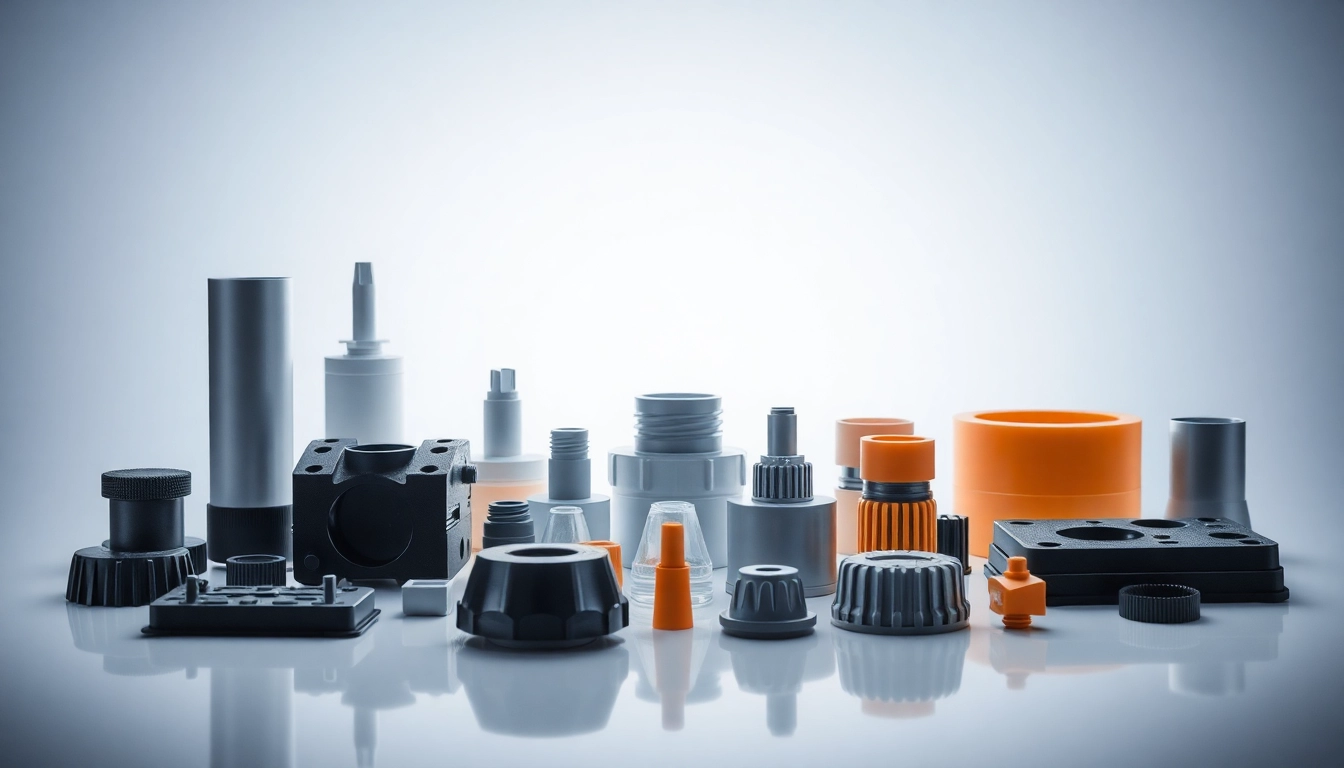

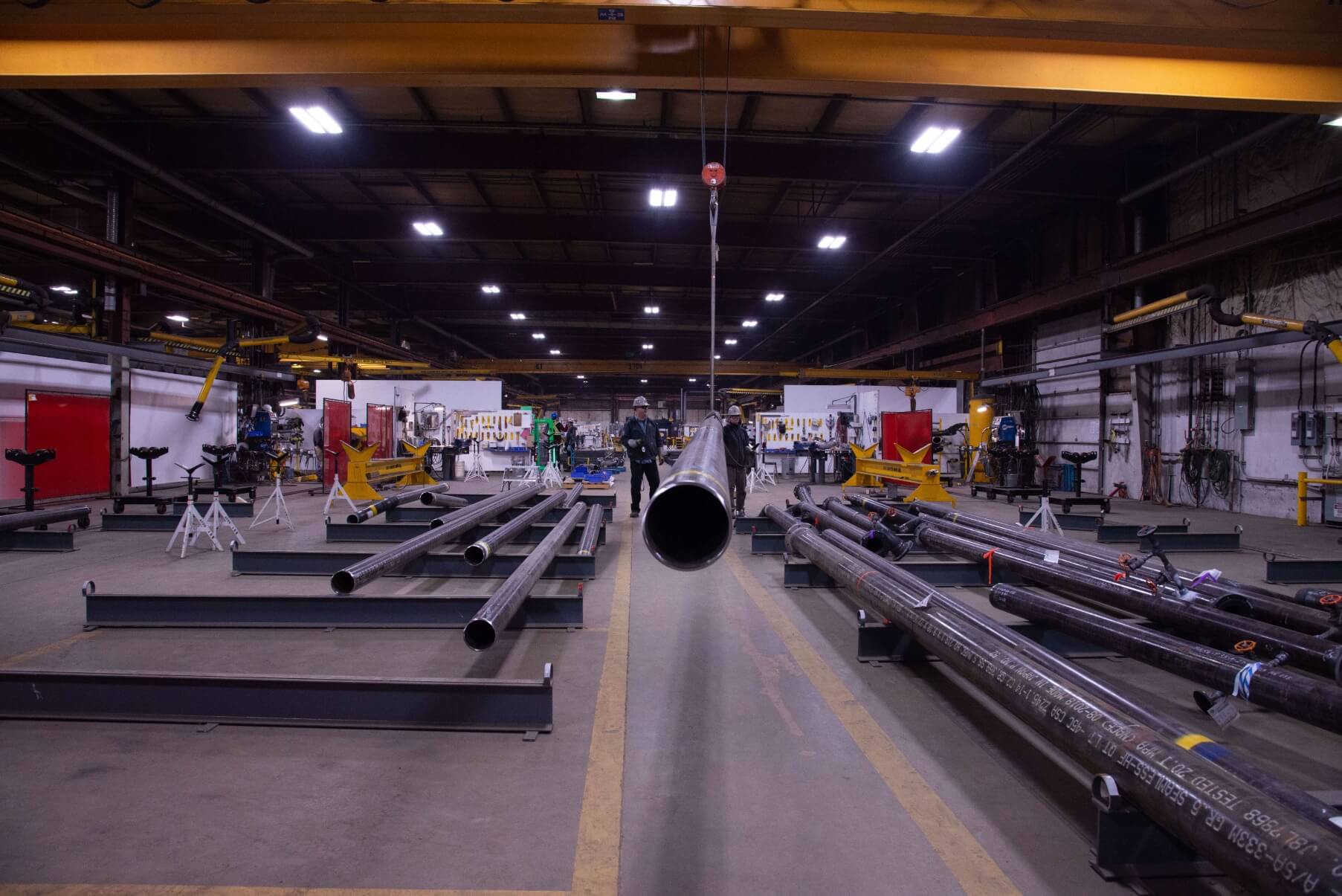

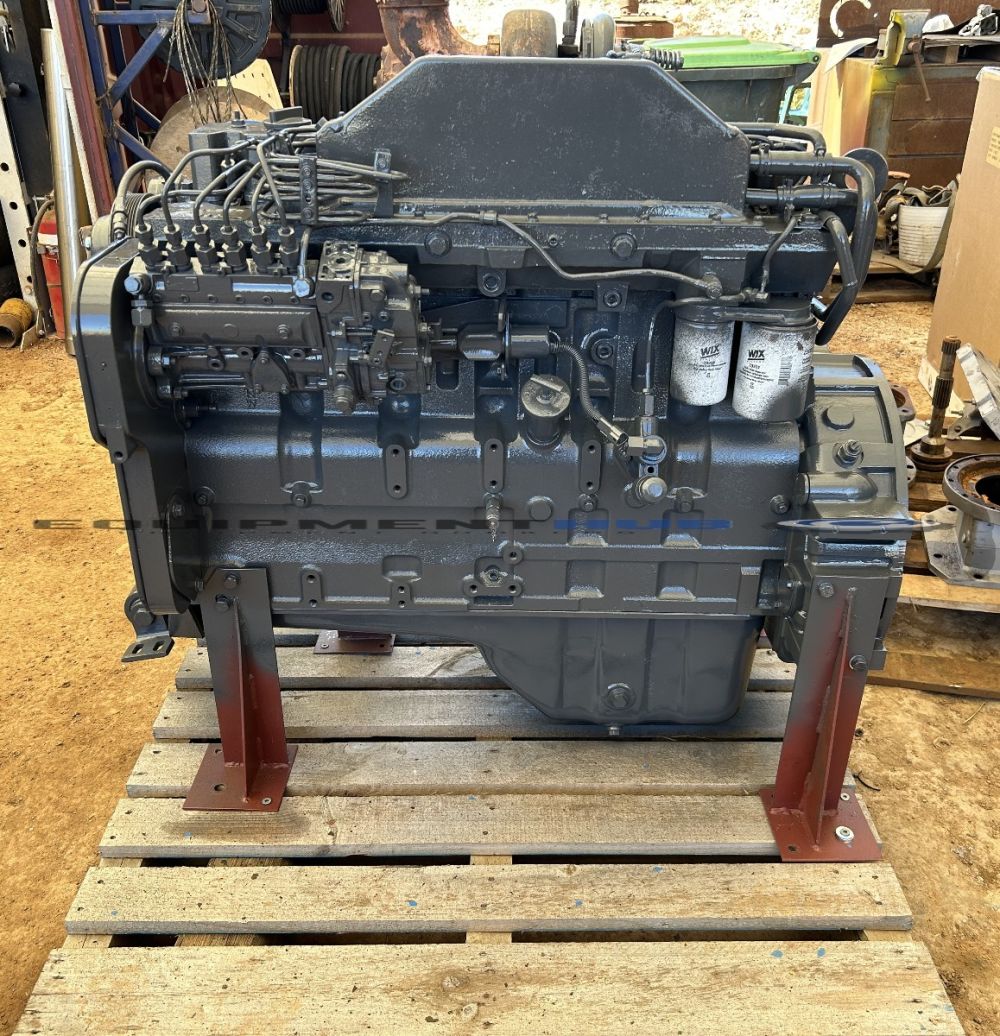




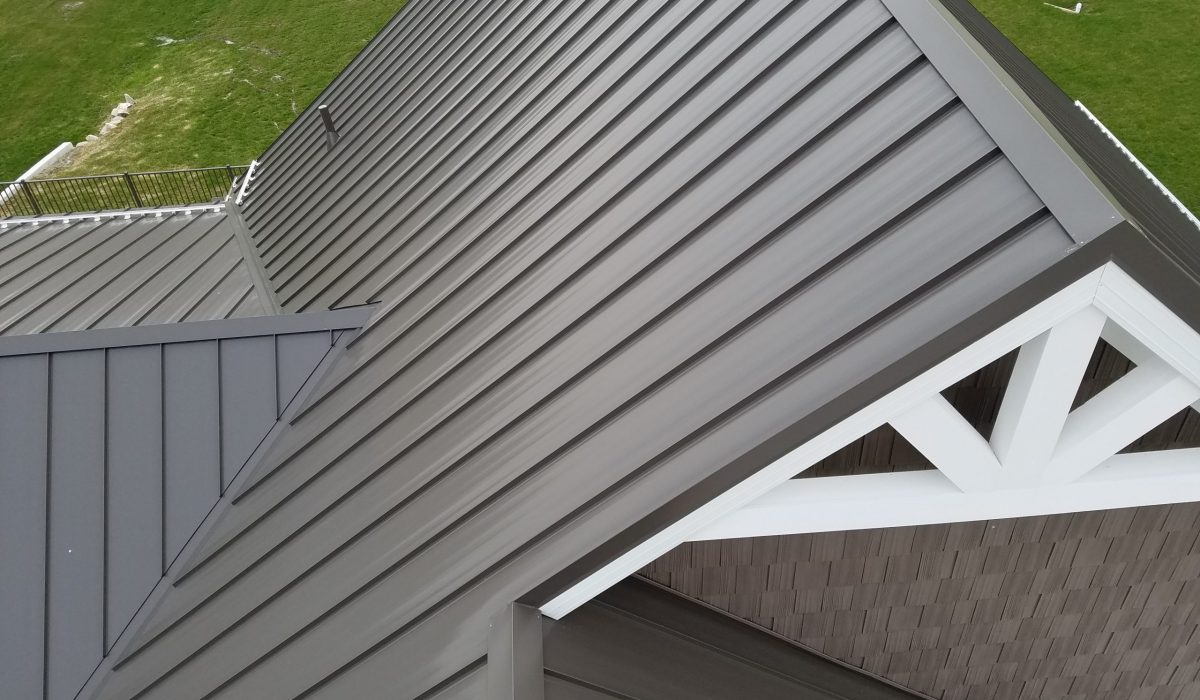
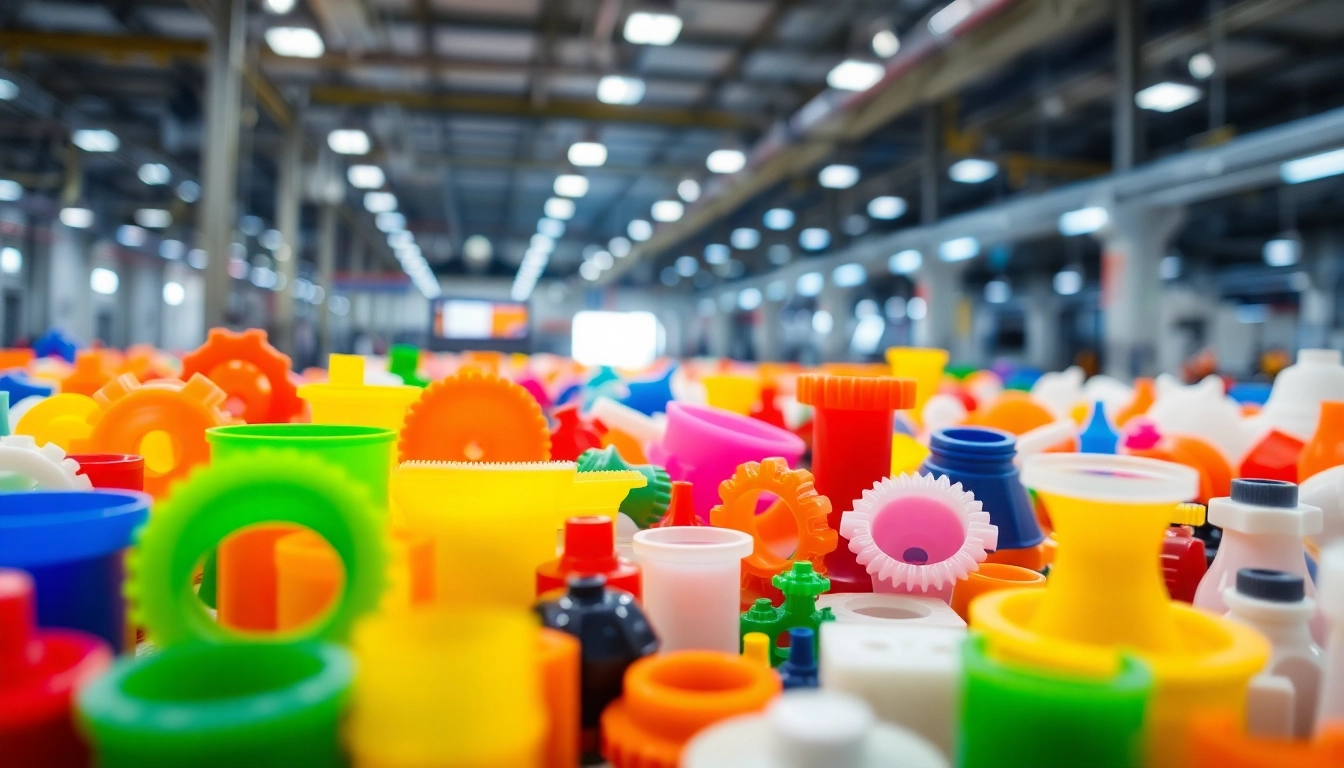




Leave a Reply